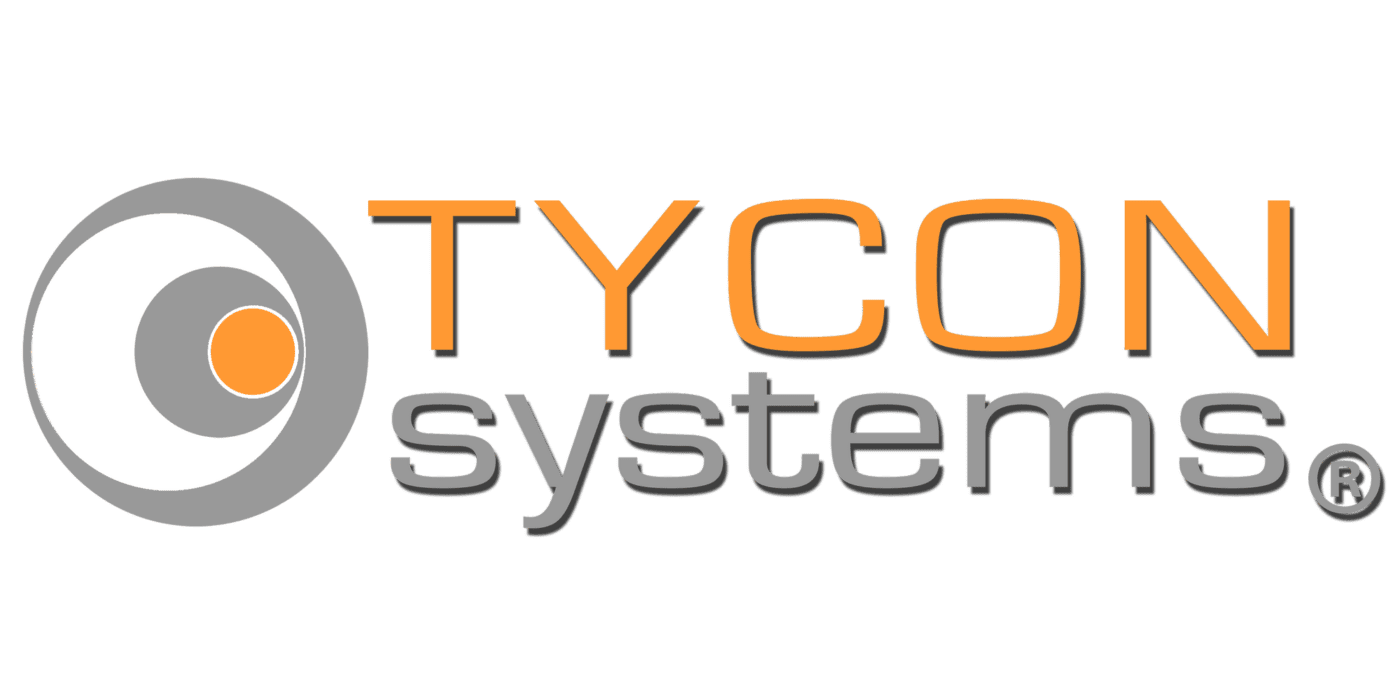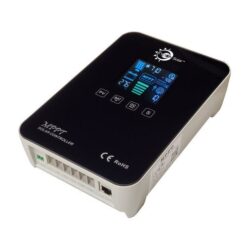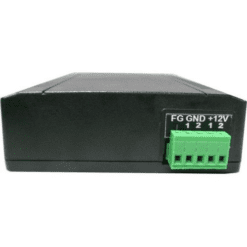TPSK12/24M-170W
12/24V 170W Solar Kit. Included: Solar Panel w/ Mount, 12/24V 30A MPPT Solar Controller, 6m 12AWG Outdoor Rated Cable
User Guide
$879.95
53 in stock
- Ships in 1-2 days
- No Risk Guarantee
- 2-3 Year Warranty
Features
• Complete Kit – Solar Panel, Pole/Wall Mount, Outdoor 12AWG Cable, Battery Charge Controller
• Accommodates 2″ to 6″ dia. Pole or Wall Mount
• Quick tilt adjustment (15° to 65°)
• Certified for up to 110MPH Winds
Applications
• Remote Power Stations
• Wireless Base Stations
• Lighting Applications
• Surveillance Applications
The TPSK series of solar panel kits come complete with high efficiency multicrystalline solar panel, side of pole/wall mounts, PWM Charge Controller and outdoor rated 12AWG cable. They are ready for quick connection to Tycon Power outdoor UPSPro Systems or any other application requiring solar power. The panels provide excellent low light performance and long life (25years). The rugged aluminum frame and high transparency, low iron, tempered glass withstands high wind, hail and snow loading. The mounts are heavy duty aluminum with stainless steel hardware. They are a simplified design that makes them easy to install, saving precious installer time. The mounts are designed for pole mounting but can also be wall mounted. They provide quick tilt adjustment for positioning the panel to proper sun angles for summer and winter sun.
Technical Information
| Ship Weight | 62 lbs |
|---|---|
| Ship Dimensions | 48 × 36 × 8 in |
You must be logged in to post a review.






















Reviews
There are no reviews yet